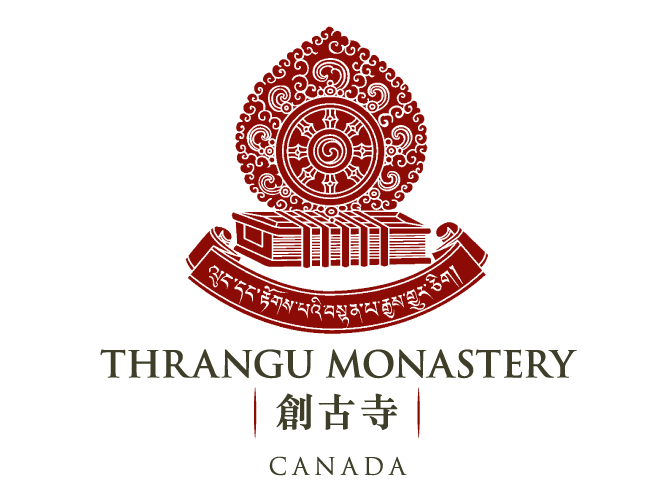The 35 Buddhas of Confession

The 35 Buddhas are known from the Sutra of the Three Heaps (Sanskrit: Triskandhadharmasutra), popular in Tibetan Buddhism. This Mahayana sutra actually describes a practice of purification by confession and making prostrations to these Buddhas, and is part of the larger Stack of Jewels Sutra (Sanskrit: Ratnakutasutra). Practitioners who frequently recite the text daily will achieve great merits. They will be cleansed of karmic obstruction and serious guilts, and will attain whatever Samadhi, deliverance and spiritual level they seek in this life.
Medicine Buddha

Medicine Buddha protects living beings from physical and mental sickness and other dangers and obstacles.
In Tibetan images of the Medicine Buddha, his right hand rests with the palm facing out over his knee in the posture of supreme generosity, holding a branch of myrobalan, and his left hand rests on his lap, holding an alms bowl filled with healing nectar. Tibetan medicine recognizes three basic types of illness, the root causes of which are the three afflictions——greed, hatred, and ignorance. Myrobalan is the only herb in the Tibetan pharmacopoeia that can aid in healing each of these three types of diseases. Thus his posture represents the eradication of suffering, especially the suffering of sickness, through the means of relative truth.
Amitabha Buddha
Amitabha Buddha, who is also called Amita or Amida Buddha. Amitabha symbolizes mercy and wisdom. Tantric meditation on Amitabha is an antidote to desire. He is sometimes pictured in between the bodhisattvas Avalokiteshvara and Mahasthamaprapta. Amitabha, a Sanskrit word, literally means boundless light and boundless life. He is the Buddha in the Land of Ultimate Bliss (Pure Land), in which all beings enjoy unbounded happiness. Amitabha has 48 great vows to establish and adorn his Pure Land. People recite or call upon his name by the time of dying will be born in the Land of Ultimate Bliss with the reception by Amitabha.
